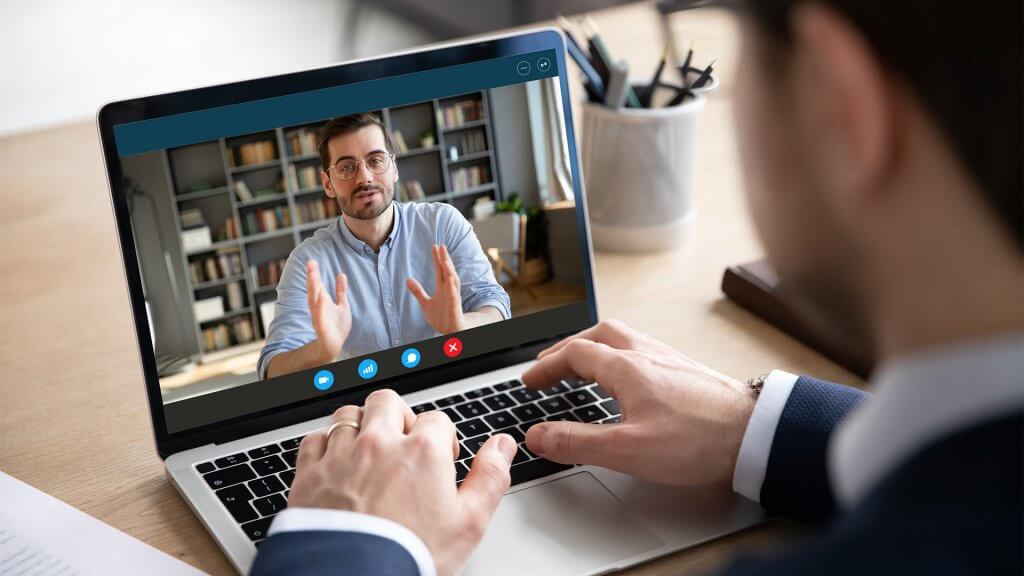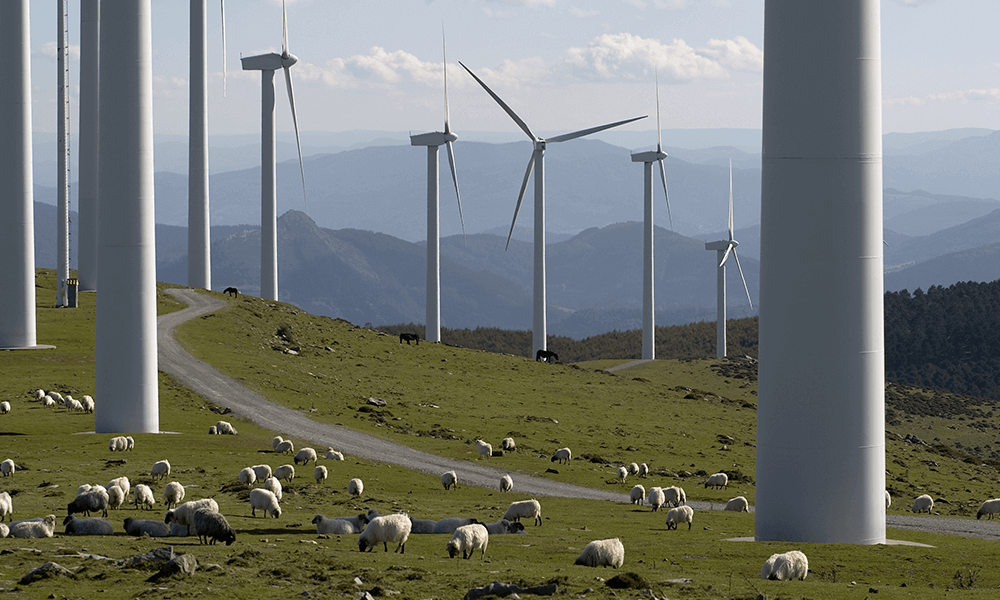As entrepreneurs in the digital age, we have seen tremendous growth and success through our online efforts. As your brand expands and evolves, you may want to consider leaping into brick-and-mortar sales. This transition can seem daunting, especially with so much emphasis on the convenience and accessibility of online shopping.
With the right strategy and approach, shifting from e-commerce to brick-and-mortar can bring numerous benefits to your business. Let’s discuss how you can make a smooth transition while maintaining your brand’s voice and values. Discover how to effectively merge both types of businesses into a cohesive sales powerhouse.
The Differences Between E-commerce and Brick-and-Mortar Landscapes
Understanding the differences between e-commerce and brick-and-mortar retail is vital to a seamless transition. These differences include:
- Presence: Brick-and-mortar stores have a tangible presence since customers can interact with the product, allowing them to see and touch it. Meanwhile, e-commerce operates in a virtual environment where customers can only rely on photos or videos.
- Customer experience: In retail stores, customers have an immediate sensory experience, while online stores offer convenience but lack physical interaction.
- Inventory and fulfillment: Retail stores rely on localized stock and point-of-sale systems. On the other hand, online stores have centralized inventory management and order fulfillment.
- Demographics: E-commerce stores appeal to younger demographics, while physical stores attract a broader range of ages.
The Importance of Evaluating Your Business Model
Evaluating your business model is best before you can even plan on your expansion. Factors to consider are:
- Market research: Extensive research is crucial to understanding the demand for your products in retail.
- Scalability: Assess if your e-commerce business can scale up to support your physical retail presence.
- Market and location: Identify your target market and choose an ideal location that aligns with your market.
How to Plan Your Expansion
Below are some elements you must consider when planning your brick-and-mortar expansion.
Location
The location of your physical store matters, as it can directly impact your success. Here are some tips:
- Select high-foot traffic areas where your decorations and vinyl decals are appealing enough to get the attention of passersby. Examples include shopping malls, downtown streets, and retail districts.
- Choose areas with a solid demographic fit for your business products.
- Evaluate the competition in the area. Having enough competition can drive cross-promotion, but too much can be difficult.
Store Design and Layout
Your physical store’s design must be consistent with your brand. Here are some factors to consider:
- Use a similar color scheme and design elements from your online store and turn them into Custom Manufactured Decals and posters to promote consistency and brand recognition.
- Incorporate interactive elements and invest in interior design to enhance the shopping experience and aesthetic appeal.
- Interactive displays can bridge online and offline experiences. Examples include digital displays and kiosks.
Marketing and Brand Identity
Consistent brand identity is critical, especially in business expansions. You have to maintain it to retain existing customers and attract new ones.
For instance, your retail store must have the same logos, colors, and signage to keep your brand recognizable and memorable. It would help to highlight your brand’s messaging, values, and mission statements to reinforce trust and authority among your customer base.
Inventory and Supply Chain
Tracking sales trends is imperative to balance your e-commerce and brick-and-mortar retail store inventory. You can opt for point-of-sale (POS) systems to update your inventory levels in real time and ensure efficient stock management. At the same time, choose a POS system that can be integrated with your online store.
Cross Promotion and Omnichannel Marketing
Implement omnichannel and cross-promotion marketing by combining your online and physical store’s strengths and combining them to create a seamless shopping experience for your customers. Some examples include:
- Use your online store to promote any events, exclusive in-store offers, and sales, announcements, or updates only available in your retail store.
- Encourage visiting your online platforms by incentivizing customers with exclusive discounts, loyalty program membership, or access to exclusive online content on their next physical store purchase.
- Have in-store kiosks and displays promoting your online store or website to boost web traffic and online sales.
Optimize Your Supply Chain
Your supply chain is composed of your suppliers, manufacturers, distributors, and other vendors you work with to get your products into customers’ hands. Evaluating and optimizing this process when transitioning from e-commerce to brick-and-mortar retail is essential. Consider the following:
- Can your suppliers support a larger volume of orders?
- How will you ensure the smooth operation of both online and offline sales?
- How will you streamline your fulfillment processes?
Staff Training and Customer Experience
Exceptional customer service is a must in every retail store. Proper training can enrich customers’ experience and ensure they know about your products and services. They’re the key to building customer loyalty because how they treat your customers is how they perceive your brand.
Other ways you can enhance customer experience include:
- In-store events, promotions, and product demonstrations to create a buzz
- Incorporating technology for an immersive experience
- Offering convenient services such as buying online and picking up in-store or same-day delivery for online purchases
Analyzing Data
Once your store is ready to open, make sure you have a way to collect and analyze valuable data that can help you refine your strategies. First, tracking customer behavior involves knowing the popular areas in the store, peak shopping times, and customer flow.
The second is to identify top-selling products, slow-moving items, and seasonal trends, which you’ll use to optimize your inventory. Finally, surveys will be conducted to collect customer feedback and gain insights into customer preferences.
Tips for a Smooth Transition from E-commerce to Retail Physical Store
We have created an additional set of tips that you can implement in your expansion journey to ensure a smooth transition from e-commerce to brick-and-mortar retail store:
- Contact and establish a relationship with prominent retailers
- Consider working with a distributor
- Prepare product samples
- Ensure your prices are competitive
- Connect with your contacts often
- Stay organized with your processes
- Monitor sales and feedback
- Never stop networking with potential customers, investors, and contacts
Get Ready for a New Chapter in Your Business Journey
Expanding your business to a physical retail store is an exciting new chapter for your brand. With the proper planning, strategy, and implementation, you can successfully combine your online and offline presence to create a seamless shopping experience for your customers.





















